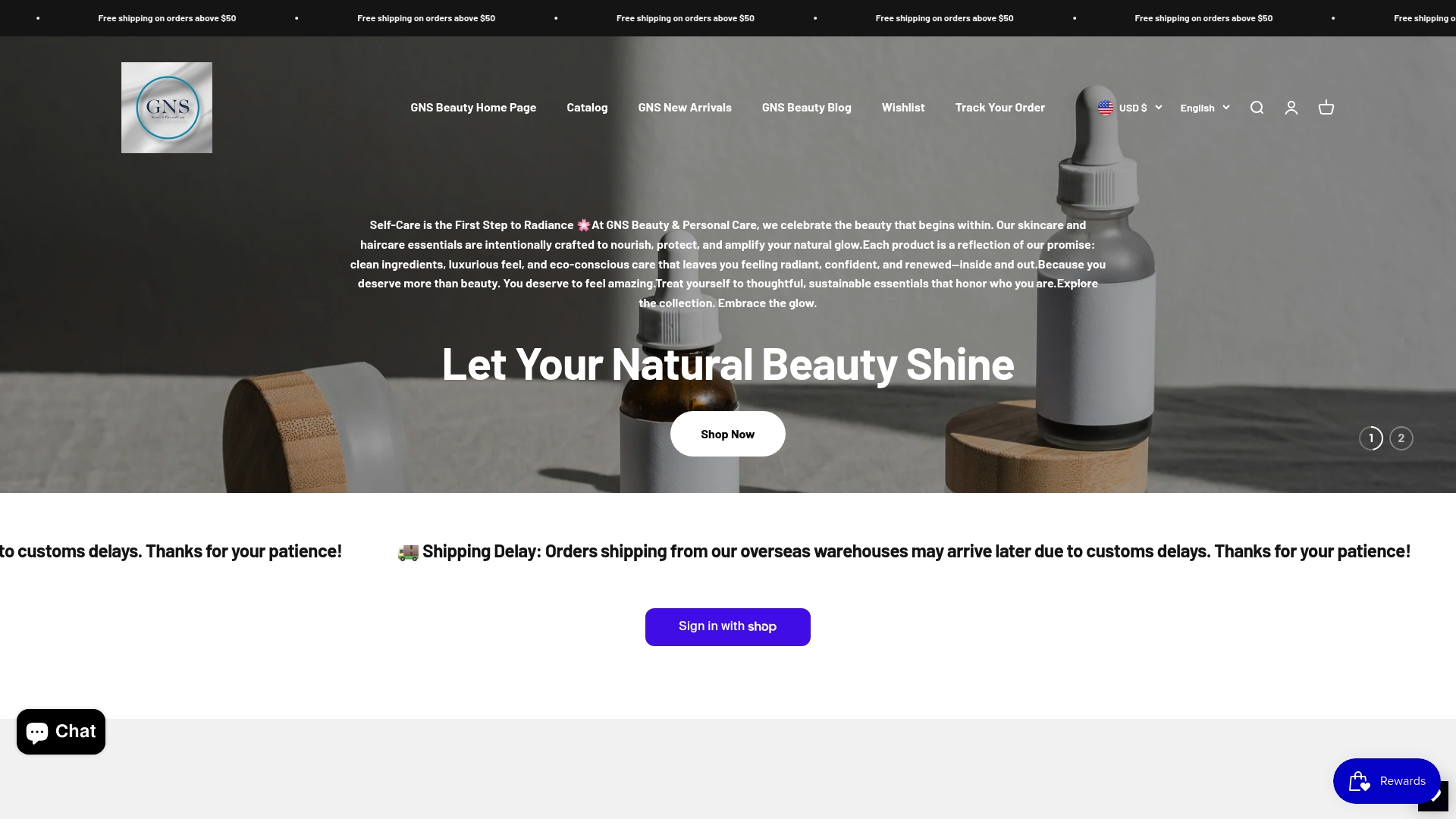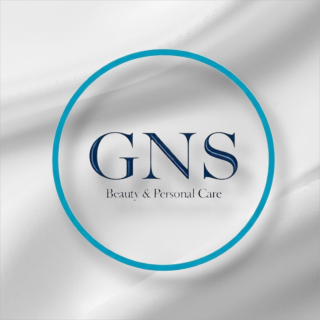Hormonal acne does not just affect teenagers. It strikes adults too, and can hang around long after high school is over. But here is the shocker. Tracking your acne patterns is often the most powerful tool you have in fighting breakouts, even more than fancy face washes or expensive serums. Most people look at products first, but the real transformation starts by tuning into your own skin’s unique signals.
Table of Contents
- Step 1: Identify Your Hormonal Triggers For Acne
- Step 2: Adjust Your Diet To Combat Hormonal Imbalance
- Step 3: Incorporate Natural Skincare Products Into Your Routine
- Step 4: Establish A Consistent Skincare Regimen
- Step 5: Monitor And Adjust Based On Your Skin’s Response
Quick Summary
| Key Point | Explanation |
|---|---|
| 1. Identify your hormonal triggers | Track acne patterns related to hormonal changes for effective management. |
| 2. Adjust your diet carefully | Remove inflammatory foods and adopt a low-glycemic diet to stabilize hormones. |
| 3. Use natural skincare products | Select gentle, non-irritating products to support skin healing and prevent breakouts. |
| 4. Establish a consistent regimen | Develop a simple, sustainable skincare routine focusing on key steps for best results. |
| 5. Monitor skin responses continuously | Keep a skin journal to track changes and adjust strategies based on observations. |
Step 1: Identify your hormonal triggers for acne
Understanding the underlying causes of hormonal acne is crucial for developing an effective treatment strategy. Hormonal acne isn’t just a random skin condition but a complex interplay of biological processes that manifest through persistent breakouts typically concentrated around your chin, jawline, and lower face.
Recognizing your unique hormonal triggers requires careful observation and self-awareness. Hormonal fluctuations can stem from multiple sources including menstrual cycles, stress levels, dietary habits, and underlying health conditions. Tracking your acne patterns becomes your first powerful tool in managing breakouts.
Start by creating a detailed skin journal documenting when and where acne appears. Note specific details such as timing relative to your menstrual cycle, stress levels, sleep quality, and recent dietary changes. Look for consistent patterns that might indicate specific hormonal disruptions. For instance, many individuals experience increased breakouts during the week before menstruation or during periods of high stress.
According to research from the National Institutes of Health, androgen hormones play a significant role in sebum production and skin inflammation. These hormones can trigger excess oil production, leading to clogged pores and bacterial growth. By understanding this mechanism, you can better anticipate and mitigate potential breakouts.
Key indicators that suggest hormonal acne triggers include:
- Recurring breakouts in the same facial regions
- Deep, painful cystic acne that doesn’t respond to typical treatments
- Consistent correlation between breakouts and specific life events or cycles
- Sudden changes in skin texture coinciding with hormonal shifts
Consult with a dermatologist or endocrinologist if you notice persistent, severe hormonal acne patterns. They can provide comprehensive hormone panel testing and personalized insights into your specific hormonal landscape. Remember that identifying triggers is a nuanced process requiring patience and consistent observation.
The goal of this initial step is not just to understand your skin but to empower yourself with knowledge that will guide your natural acne treatment journey. By becoming an expert in your body’s unique signals, you’ll develop a targeted approach to managing hormonal acne effectively.
![]()
Step 2: Adjust your diet to combat hormonal imbalance
Diet plays a critical role in managing hormonal acne, serving as a foundational strategy for balancing internal systems and promoting clear, healthy skin. What you consume directly impacts your hormonal environment, influencing inflammation, insulin levels, and overall skin health.
Transforming your diet requires a holistic approach that focuses on whole, nutrient-dense foods designed to stabilize hormonal fluctuations. Begin by systematically removing inflammatory and hormone-disrupting foods from your daily intake. Processed sugars, refined carbohydrates, and dairy products are primary culprits that can trigger significant hormonal responses and exacerbate acne conditions.
According to nutritional research from the National Institutes of Health, adopting a low-glycemic diet can significantly reduce acne severity by minimizing insulin spikes and managing androgen levels. This means prioritizing foods that provide steady energy and support metabolic balance.
Focus on incorporating anti-inflammatory foods rich in omega-3 fatty acids, zinc, and antioxidants. These nutrients help regulate hormone production and support skin healing. Salmon, chia seeds, walnuts, and dark leafy greens become your allies in creating a balanced internal environment. Hydration also plays a crucial role in flushing toxins and supporting hormonal regulation.
Key dietary modifications to combat hormonal acne include:
- Eliminate refined sugars and processed carbohydrates
- Increase consumption of whole, unprocessed foods
- Include lean proteins and complex carbohydrates
- Prioritize vegetables and fruits with low glycemic index
Consider keeping a food and skin journal to track potential connections between your diet and breakout patterns. Some individuals might discover specific trigger foods unique to their body’s hormonal response. This personalized approach allows you to create a targeted nutrition strategy that supports skin health.
Intermittent fasting and balanced meal timing can also help regulate insulin and hormonal cycles. Aim for consistent meal times and avoid late-night eating, which can disrupt metabolic processes. Remember that dietary changes are a gradual process requiring patience and consistent implementation.
The ultimate goal is creating a sustainable eating pattern that nourishes your body, balances hormones, and supports natural skin healing. Your diet becomes a powerful tool in managing hormonal acne, offering a holistic approach that addresses root causes rather than merely treating surface symptoms.

Step 3: Incorporate natural skincare products into your routine
Building a targeted natural skincare routine is essential for managing hormonal acne effectively. Your skincare approach should focus on gentle, non-irritating products that balance and support your skin’s natural healing processes. This means moving beyond traditional harsh chemical treatments and embracing nature-derived ingredients that work harmoniously with your skin’s ecosystem.
Start by simplifying your skincare routine, selecting products with minimal, pure ingredients that address inflammation and support skin barrier recovery. Tea tree oil emerges as a powerful natural ingredient in this journey. According to clinical research from dermatological studies, tea tree oil provides potent antimicrobial and anti-inflammatory properties that can significantly reduce acne lesions without the harsh side effects of synthetic treatments.
Natural ingredients like aloe vera, witch hazel, and green tea extract become your primary allies. These components offer remarkable skin-calming properties that help reduce redness, control excess oil production, and support the skin’s natural healing mechanisms. Consistency is key when introducing these natural remedies.
Develop a strategic morning and evening routine that includes gentle cleansing, targeted treatment, and hydration. Choose oil-free, non-comedogenic moisturizers that won’t clog your pores. Look for products containing salicylic acid derived from willow bark, which provides natural exfoliation and helps prevent blocked pores.
Key considerations when selecting natural skincare products:
- Prioritize products with minimal, recognizable ingredients
- Avoid synthetic fragrances and harsh chemicals
- Select items specifically formulated for acne-prone skin
- Test new products on a small area first to monitor skin reactions
You might also learn more about natural skincare benefits to understand how holistic approaches can transform your skin health. Consider creating a patch test journal to track how different natural ingredients interact with your unique skin chemistry.
Remember that transitioning to natural skincare is a process of discovery. Your skin will require time to adjust and respond to new products. Give each new treatment at least four to six weeks to demonstrate its effectiveness. Pay attention to how your skin feels, looks, and responds, making incremental adjustments as needed.
Ultimately, your natural skincare routine should feel like a nurturing, healing practice that supports your skin’s inherent ability to balance and regenerate. Patience, observation, and a gentle approach will be your most valuable tools in managing hormonal acne naturally.
Step 4: Establish a consistent skincare regimen
A consistent skincare regimen forms the cornerstone of managing hormonal acne naturally. Discipline and routine are more important than having an extensive collection of products. Your goal is to create a simple, sustainable approach that supports your skin’s healing and balance.
According to dermatological research on acne management, maintaining a gentle and consistent skincare routine is critical for controlling breakouts and supporting skin health. This means developing a morning and evening protocol that you can realistically maintain without overwhelming your skin or your schedule.
Begin by establishing a basic routine with three fundamental steps: cleansing, treating, and moisturizing. Choose products that are gentle, non-irritating, and specifically formulated for acne-prone skin. Morning routines should focus on lightweight, protective products, while evening routines prioritize deep cleansing and repair.
Your morning routine might include a mild, non-foaming cleanser that removes overnight oils without stripping your skin’s natural protective barrier. Follow with a lightweight, non-comedogenic moisturizer and a broad-spectrum sunscreen. These steps protect your skin from environmental stressors and prevent additional inflammation.
Key elements of a consistent skincare regimen include:
- Washing your face twice daily with lukewarm water
- Using gentle, circular motions during cleansing
- Patting skin dry instead of rubbing
- Applying treatments and moisturizers to slightly damp skin
- Avoiding touching your face throughout the day
Evening routines require more intensive cleansing to remove makeup, sunscreen, and daily environmental buildup. Consider using an oil-based cleanser first to dissolve makeup and impurities, followed by a water-based cleanser to ensure thorough cleaning. This double-cleansing method helps prevent clogged pores without aggressive scrubbing.
Track your skin’s progress by maintaining a skincare journal. Note product interactions, breakout patterns, and skin texture changes. This documentation helps you understand how different factors impact your skin and allows for precise adjustments to your routine.
Patience is crucial when establishing a new skincare regimen. Give each product and routine at least six to eight weeks to demonstrate its effectiveness. Resist the temptation to frequently switch products or introduce multiple new items simultaneously. Consistent, measured approaches yield the most reliable results in managing hormonal acne naturally.
Step 5: Monitor and adjust based on your skin’s response
Monitoring and adapting your skincare strategy is a dynamic process that requires keen observation and flexibility. Your skin is a living, changing system that responds to internal and external factors, making it essential to develop a responsive approach to managing hormonal acne.
Begin by creating a comprehensive tracking system that documents your skin’s daily condition, product interactions, and potential trigger factors. A detailed skin journal becomes your most valuable tool in understanding the intricate relationship between your lifestyle, hormonal cycles, and skin health. Photograph your skin weekly under consistent lighting to objectively track changes and improvements.
According to clinical dermatology research, individual skin responses can vary significantly, making personalized tracking crucial for effective acne management. Your goal is to become an expert in your own skin’s unique language and response patterns.
Pay close attention to how your skin reacts to different interventions. Note not just visible acne, but also subtle changes like skin texture, oil production, sensitivity, and overall complexion. Look for patterns that might indicate hormonal shifts or product effectiveness. Some changes might be immediate, while others could take several weeks to become apparent.
Below is a checklist table to help you track important elements to monitor during your natural hormonal acne treatment journey.
| Monitoring Item | Description | Frequency |
|---|---|---|
| Skin breakout locations | Note where new acne appears on your face | Daily/Weekly |
| Skin texture changes | Observe shifts in roughness, smoothness, or sensitivity | Weekly |
| Dietary modifications | Record any new foods added or eliminated | As changes occur |
| Product reactions | Track how your skin responds to new skincare products | With each new product |
| Stress levels | Document periods of increased or reduced stress | Daily/Weekly |
| Overall complexion | Assess overall brightness and clarity of your skin | Weekly |
| Progress photos | Take and review photos under the same lighting | Weekly |
Key elements to track in your skin monitoring process include:
- Frequency and location of new breakouts
- Changes in skin texture and tone
- Reaction to dietary modifications
- Stress levels and their potential skin impacts
- Effectiveness of current skincare products
Develop a systematic approach to product and lifestyle adjustments. If a particular intervention isn’t yielding results after six to eight weeks, consider making incremental changes. This might mean switching one product at a time or adjusting your diet slightly. Avoid making multiple changes simultaneously, as this can make it difficult to identify what’s truly effective.
Consult with a dermatologist or holistic skincare professional if you’re not seeing improvement or if your acne becomes more severe. Professional guidance can help you understand underlying hormonal imbalances and develop a more targeted treatment strategy.
Remember that healing is not linear. Some days your skin might look better, while others might show temporary setbacks. This is normal and part of the body’s natural healing process. Maintain a patient, compassionate approach toward yourself and your skin’s journey. Stress and negative self-talk can actually exacerbate hormonal acne, so cultivate a positive, supportive mindset throughout your treatment process.
Ready to Treat Hormonal Acne Naturally? Find Solutions That Support Your Clear Skin Journey
Struggling with stubborn, recurring breakouts around your chin and jawline, despite careful observation and natural skincare routines? The article shows how hormonal acne is deeply tied to personal triggers, diet, and skin-friendly product choices. We understand how frustrating it is when your efforts do not lead to the balanced, glowing complexion you hope for. If you are seeking gentle, effective products that fit within your holistic self-care routine, your next step matters.

Discover our premium collection of eco-conscious skincare and personal wellness essentials. Explore curated, high-quality solutions that are kind to both your skin and the planet. Start by browsing GNS Beauty & Personal Care for nutrient-rich formulas and calming botanical blends designed to soothe and balance acne-prone skin. Visit our main shop now and let your journey toward confidence and clarity begin today. The sooner you find the right support, the sooner you can enjoy the beautiful results you deserve.
Frequently Asked Questions
What are the common hormonal triggers for acne?
Recurring breakouts around the chin, jawline, and lower face may indicate hormonal acne. Common triggers include menstrual cycles, stress levels, dietary habits, and underlying health conditions.
How can I adjust my diet to help reduce hormonal acne?
Focus on a low-glycemic diet, eliminating refined sugars and processed carbohydrates. Incorporate whole, nutrient-dense foods such as omega-3 fatty acids, zinc-rich foods, and plenty of fruits and vegetables to stabilize hormonal fluctuations and reduce inflammation.
What natural skincare products are effective for treating hormonal acne?
Look for gentle, non-irritating products with minimal ingredients. Effective natural ingredients include tea tree oil, aloe vera, witch hazel, and green tea extract that can help reduce inflammation and support the skin’s natural healing processes.
How long should I stick to a skincare regimen before seeing results?
It’s important to give each product and routine at least six to eight weeks to demonstrate effectiveness. Consistency and patience are key to observing positive changes in your hormonal acne management.








Hinterlasse einen Kommentar
Alle Kommentare werden vor der Veröffentlichung geprüft.
Diese Website ist durch hCaptcha geschützt und es gelten die allgemeinen Geschäftsbedingungen und Datenschutzbestimmungen von hCaptcha.